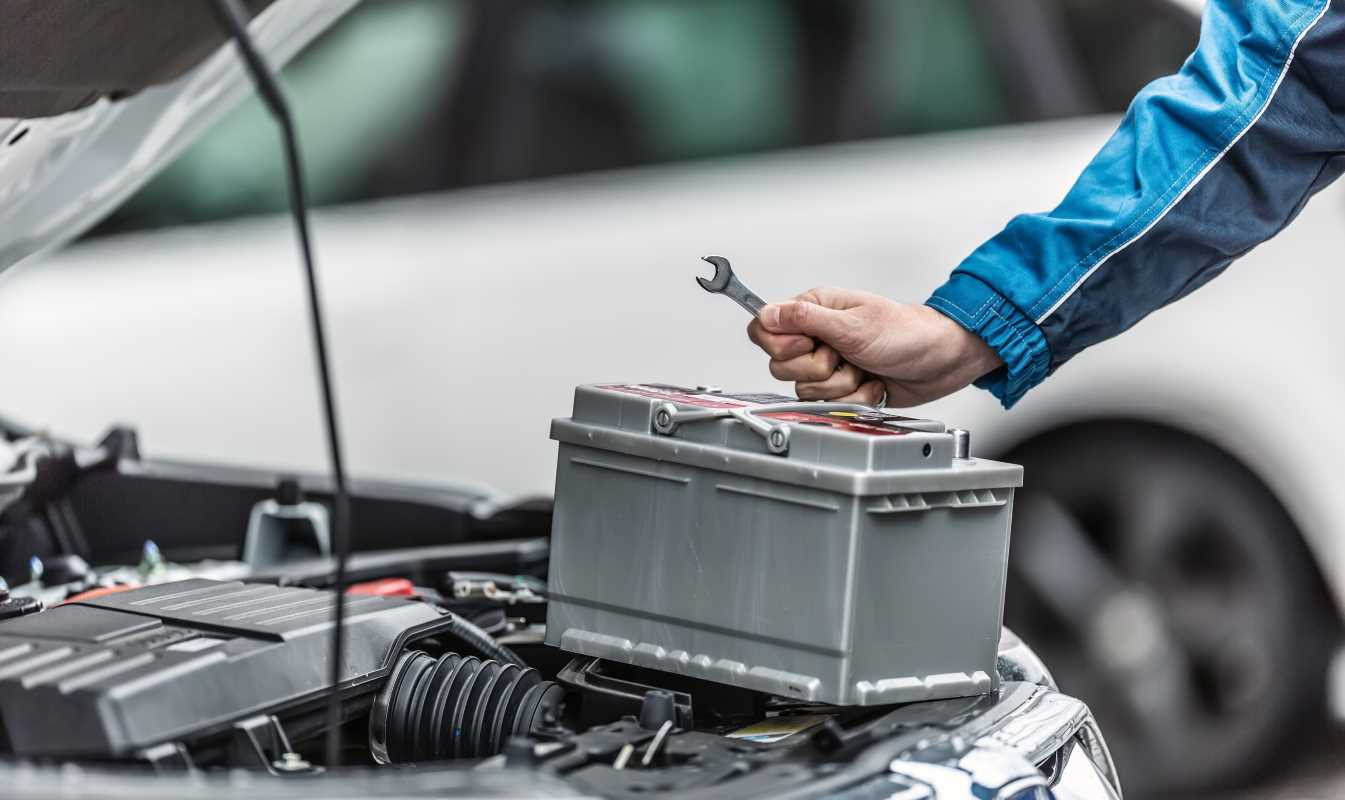Your car battery is the heart of your vehicle’s electrical system, powering everything from the engine starter to your lights and electronics. When it begins to fail, it can leave you stranded at the most inconvenient times. To avoid surprises, it’s important to recognize the common signs of a failing battery and act promptly. This guide will walk you through the warning signs that your car battery may need replacing and what to do about it.
Is Your Engine Slow to Start?
One of the earliest and most noticeable signs of a failing battery is a slow or sluggish engine start.
- Why it happens: Over time, the battery loses its ability to hold a full charge. This means less power is delivered to the starter, slowing down the ignition process.
- Symptoms:
- The engine cranks more slowly than usual when you turn the key or push the start button.
- You may hear a clicking sound when trying to start the engine, indicating insufficient battery power.
- How to check: Use a multimeter to measure the battery’s voltage. A healthy battery should read around 12.6 volts when the car is off. Anything below 12 volts may indicate a weak battery.
- What to do: If your engine consistently starts slowly, have the battery tested at an auto parts store or repair shop. If it’s no longer holding a proper charge, it’s time to replace it.
Start noticing slow cranking as we move into colder months? Batteries often fail in winter due to harsh temperatures reducing their efficiency.
Are Your Headlights Dim?
Dim or flickering headlights are a classic indicator of a struggling battery.
- Why it happens: A failing battery can’t supply consistent voltage to your car’s electrical system, causing the lights to appear dim or uneven.
- Symptoms:
- Headlights are noticeably dimmer than usual, especially when the engine isn’t running.
- Other electrical components, like interior lights or dashboard gauges, may also flicker or dim.
- How to check: Turn on your headlights with the engine off. If they appear dim, then brighten when you start the engine, your battery may be weakening.
- What to do: Replace the failing battery before it leads to more significant struggles with powering other electrical systems.
Reminder: Weak headlights can diminish your visibility and safety during night driving or bad weather. Don’t ignore this sign!
Is Your Battery Case Swollen?
A swollen or distorted battery case is a clear visual sign that it’s time for a replacement.
- Why it happens: Extreme heat or overcharging can cause the battery’s internal fluids to expand, leading to a bulging or misshapen case. This is often a sign of internal damage.
- Symptoms:
- Visible swelling, warped sides, or cracks in the battery case.
- The battery may feel hot to the touch after use.
- How to check: Inspect the case regularly while checking other components under the hood. A healthy battery should have a flat, rectangular shape with no physical deformities.
- What to do: A swollen battery is unsafe and needs to be replaced immediately. Continuing to use a damaged battery can lead to leaks or even explosions.
Prevent battery swelling by ensuring your alternator isn’t overcharging the battery. A voltage regulator maintains proper charging levels.
Do You Notice a Rotten Egg Smell?
A sulfuric, rotten egg smell near your car can mean your battery is leaking.
- Why it happens: Internal battery damage or overcharging can cause the electrolyte (a sulfuric acid solution) to leak and emit hydrogen sulfide gas, creating the foul smell.
- Symptoms:
- An unmistakable rotten egg odor around your car, especially near the engine or under the hood.
- Visible signs of leakage or corrosion on the battery terminals.
- How to check: Open the hood and sniff for the smell near the battery. Check for any visible liquid or residue around the battery.
- What to do: A leaking battery is hazardous and must be replaced immediately. Avoid handling the battery without gloves, as leaking acid is corrosive and can cause burns.
Reminder: Don’t drive with a leaking battery. It poses a fire hazard and can damage nearby components.
Is Your Dashboard Battery Warning Light On?
Dashboard warning lights are your car’s way of alerting you to potential problems, including a failing battery.
- Why it happens:
- The battery warning light often illuminates when the car’s charging system isn’t functioning properly. This could indicate a weak battery, a failing alternator, or loose wiring.
- Symptoms:
- The battery-shaped warning light glows on your dashboard, usually in red or amber.
- It stays illuminated even after starting the car.
- How to check: Run a diagnostic scan to confirm whether the issue lies with the battery or another part of the electrical system.
- What to do: Don’t ignore the light. Have your battery and alternator tested by a mechanic or auto parts store to rule out specific causes.
The battery warning light doesn’t always mean the battery itself is the issue. Double-check the entire charging system.
Does Your Battery Appear Corroded?
Corrosion on the battery terminals can interfere with its ability to conduct electricity, leading to starting or performance issues.
- Why it happens: Over time, hydrogen gas released during charging reacts with the surrounding metals, causing white, blue, or greenish corrosion to form on the terminals.
- Symptoms:
- Accumulation of powdery residue around the battery terminals.
- Difficulty starting the engine or maintaining a connection to electrical components.
- How to check: Inspect the battery terminals and cables for visible discoloration, residue, or loose connections.
- What to do: Clean the terminals using a wire brush and a solution of baking soda and water. If corrosion keeps recurring or the battery doesn’t hold a charge, replace it.
Protect clean terminals by applying an anti-corrosion spray or petroleum jelly to prevent further buildup.
How Old Is Your Battery?
Even if your battery isn’t showing obvious signs of failure, age plays a significant role in its reliability.
- Why it happens: Car batteries have a limited lifespan, typically lasting 3–5 years under normal usage. Beyond this point, they’re more prone to failure.
- Symptoms:
- Decreasing performance, even after regular charging.
- Frequent need for jump-starts as the battery struggles to hold a charge.
- How to check: Look for a date code stamped or printed on the battery casing. This shows when the battery was manufactured and helps estimate remaining lifespan.
- What to do: If your battery is approaching the 3–5 year mark, consider replacing it proactively, even if it seems functional. Waiting for it to fail entirely can leave you stranded.
Hot climates shorten battery life, so consider replacing closer to the 3-year mark in warmer regions.







